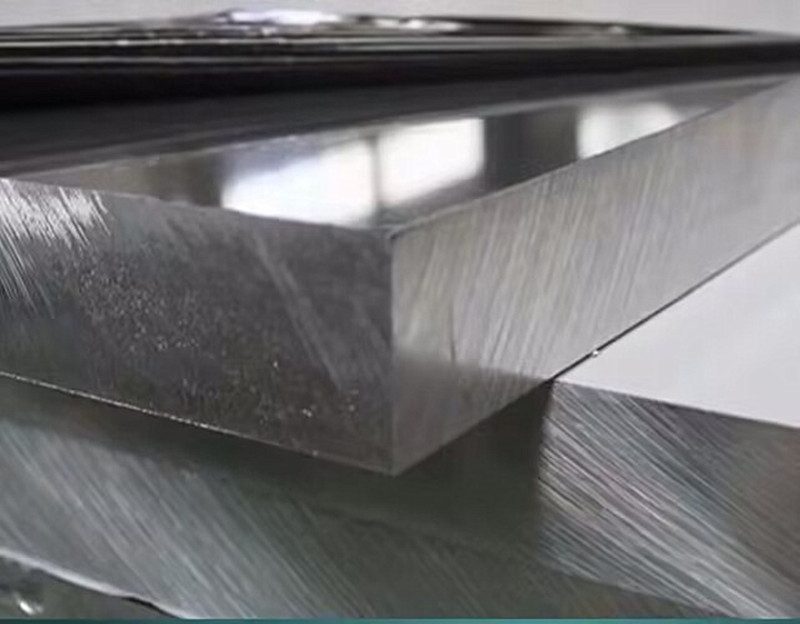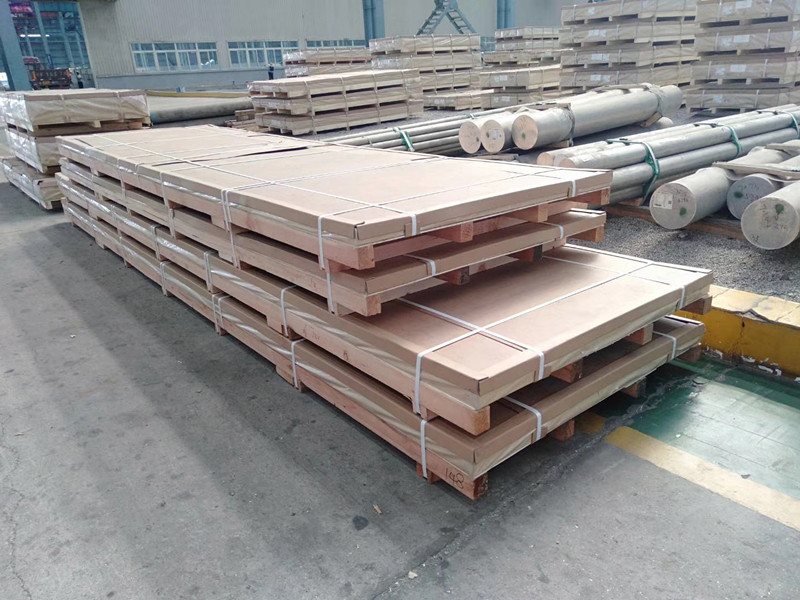Aerospace Aluminum Plates | Alloy 7475-T7351 vs 7150-T7351

Both 7475-T7351 and 7150-T7351 are high-strength aluminum alloys primarily used in the aerospace industry, where lightweight, high strength, and fatigue resistance are critical. Although they share some similarities, they differ in terms of composition, properties, and specific applications.
Mechanical Properties comparison between 7475-T7351 and 7150-T7351 aluminum plates
Property | 7475-T7351 | 7150-T7351 |
Tensile Strength | 540 MPa (78,000 psi) | 570 MPa (82,700 psi) |
Yield Strength | 485 MPa (70,000 psi) | 505 MPa (73,200 psi) |
Ultimate Strength | 570 MPa (83,000 psi) | 590 MPa (85,600 psi) |
Elongation | 8-10% (in 50mm gauge length) | 7-9% (in 50mm gauge length) |
Fatigue Strength | Excellent | Excellent |
Density | 2.81 g/cm³ | 2.80 g/cm³ |
Hardness | 150-160 HB | 150-160 HB |
* Tensile Strength: 7150-T7351 generally offers a slightly higher tensile strength than 7475-T7351, making it more suitable for applications where maximum strength is required.
* Yield Strength: Similarly, 7150-T7351 has a higher yield strength, providing better resistance to deformation under load.
* Elongation: 7475-T7351 has slightly higher elongation, indicating it has a bit more ductility under tension than 7150-T7351.
* Fatigue Strength: Both alloys perform similarly in terms of fatigue strength, making them both suitable for dynamic load-bearing applications.
Applications comparison between 7475-T7351 and 7150-T7351 aluminum plates
7475-T7351 is often used for high-stress structural components in the aerospace industry that require excellent fatigue strength, high strength, and lightweight. Some of the applications include:
* Aircraft fuselages and wings
* Critical aircraft structures such as bulkheads, tail sections, and spar caps
* High-stress parts such as landing gear components and aircraft frames
7150-T7351:
7150-T7351 has similar applications to 7475-T7351, but with its slightly superior strength, it is often chosen for applications that demand the highest levels of structural integrity. Common uses include:
* Primary structural components for aircraft and spacecraft
* Fuselage structures, wing structures, bulkheads, and ribs
* Landing gear and engine components
* High-stress aerospace applications where weight is a concern but maximum strength and fatigue resistance are the priority.
Which One to Choose?
Choose 7475-T7351 if:
You need good strength, excellent fatigue resistance, and high formability for a wide range of aerospace structures.
You are working with components that don’t require the absolute highest strength but still need lightweight and corrosion-resistant materials.
Choose 7150-T7351 if:
You require maximum strength and fatigue resistance for critical aerospace structures like aircraft wings, fuselages, and high-stress parts.
Higher strength is a top priority over slight differences in machinability or formability.
In general, 7150-T7351 is better for applications where maximum strength and fatigue resistance are required, while 7475-T7351 is a reliable choice for general aerospace applications needing moderate strength with excellent corrosion resistance and machinability.
